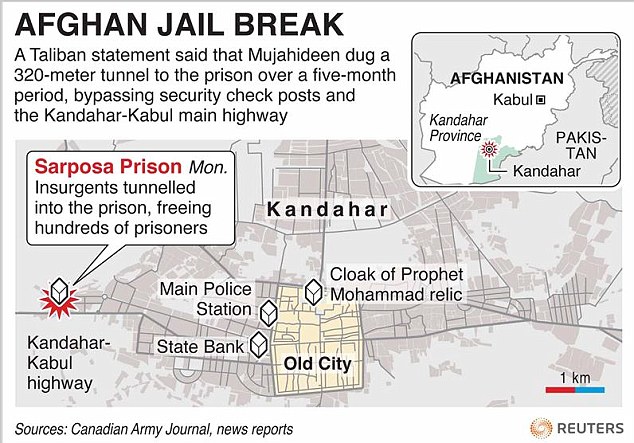Strategy Page talks about the weapons being found in Afghanistan:
Back before the Russians showed up, in the 1980s, the best an Afghan could hope to have was a World War II, or World War I, era bolt action rifle. These weapons were eclipsed in the 1980s by full automatic AK-47s and the RPG rocket launcher. The young guys took to the AK, and the thrill of emptying a 30 round magazine on full automatic. Not bad for a brief firefight, and suddenly hardly anyone, except a few old timers, wanted to use the old bolt action rifle.
What was not noticed much outside of Afghanistan, was that this shift in weaponry brought to an end a long Afghan tradition of precision, long range shooting.
[. . .]
The Lee-Enfield is one of the oldest, and still widely used, rifles on the planet. Over 17 million were manufactured between 1895 and the 1980s. While there are more AK-47s out there (over 20 million in private hands), these are looked down on by those who use their rifles for hunting, or killing with a minimum expenditure of ammunition. The 4 kg (8.8 pound) Lee-Enfield is a bolt-action rifle (with a ten round magazine) noted for its accuracy and sturdiness. The inaccurate AK-47 has a hard time hitting anything (with a single shot) more than a hundred meters away, while the Lee-Enfield can drop an animal, or a man, at over 400 meters.
[. . .]
One place where the Lee-Enfield found lots of fans was Afghanistan. There, the Afghans had been introduced to rifles in the 19th century, and they treasured these weapons. This was particularly true with the introduction of smokeless powder rifles in the late 19th century. Many Afghans were still using black powder rifles well into the 20th century. But once Lee-Enfields began show up in large numbers after World War I (1914-18), no one wanted the larger, heavier and less accurate black powder rifles (which always gave off your position, with all that smoke, after you fired a round.) Now, wealthy drug lords are buying expensive hunting and sniper rifles for their militias, but so far, many Taliban snipers appear to prefer using grandpa’s old Lee-Enfield.
Lee-Enfield ammunition is still manufactured, with the high quality stuff going for a dollar a round, and lesser quality for 25 cents a round. The rifles sell in the West for $500-1,000, but the hand-made copies, made new, go for more than twice that. The Lee-Enfield, both originals and copies, will carry on well into the 21st century.
Update, 9 February: Speaking of the 21st century, Australian International Arms is still producing new Lee-Enfield rifles:
Australian International Arms have manufactured the 5th generation of Lee-Enfield, for target shooting, military match and sporting markets. However, unlike the 4th generation, this is not a ‘converted’ Lee-Enfield. The AIA rifles are redesigned with modern techniques, but referencing more than a century of Lee-Enfield improvements and development… from Britain, North America and Australia.
[. . .]
Our production is limited in quantity as we
build the rifles, they are not mass-produced items. We only construct about 1,000-1,200 units each year because of all the hand-work required for metal, wood, fitting & tuning of each rifle.
H/T to Small Dead Animals for the link.




